|
Roman Catholic he became a
"jacobite", which means supporter of
James II catholic King of England,
Scotland and Ireland.
|
|
De religion catholique il devint
"jacobite", c'est à dire partisan de
Jacques II
Roi catholique d'Angleterre, d'Écosse et d'Irlande.
|
|
|
To help Jacques II to regain his throne,
Louis XIV gathered a fleet of 45 ships of the line and 20,000 men in northern France
to land in the Southern England, near the island of Portland.
|
|
Afin d'aider Jacques II à reprendre son trône, Louis XIV réunit
une flotte de 45 navires de ligne et 20.000 hommes dans le nord de la France afin
de débarquer dans le sud de l'Angleterre, près de l'île de Portland.
|
|
|

|
|
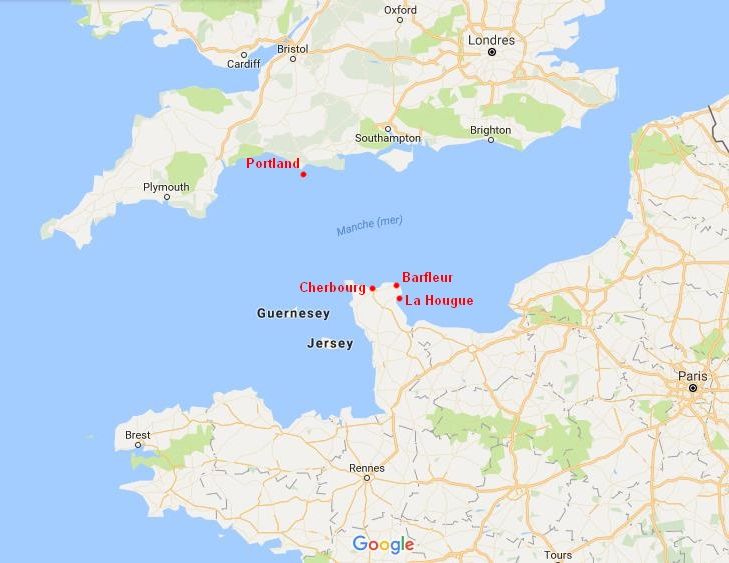
|
|
|
Unfortunately the Catholic fleet can not leave the French coasts because of bad
weather and being outnumbered. It will be beaten by the Protestants during the famous
naval battles of Barfleur and La Hogue which took place from May 29 to June 4, 1692.
This will be the last great battleship during the Nine Years' War and Jacques II
no longer reign, he will be the last Roman Catholic King of the Kingdom of England.
|
|
Malheureusement la flotte catholique ne pourra pas quitter les côtes françaises
à cause du mauvais temps et de son infériorité numérique. Elle sera battue
par les protestants au cours de la célèbre
bataille navale de La Hougue qui se déroula du 29 mai au 4 juin 1692.
Ce sera la dernière grande bataille navale pendant la guerre de la Ligue d'Augsbourg
et Jacques II ne règnera plus, il sera le dernier Roi catholique du Royaume d'Angleterre.
|
|
|

|
|

|
|
|
Following this defeat, on xxx, in the port of Dunkerque, James II fitted out for war a privateer frigate
of 80 tons and 12 guns, named the Trompeuse, belonging to King Louis XIV, to "go to our American islands,
even those Caicos, Turtle and coasts of Santo Domingo".
Source: France, ADxx,...
|
|
Suite à cet échec, le xx 1692, dans le port de
Dunkerque, Jacques II fait armer en corsaire
une frégate de 80 tonneaux et 12 canons, nommée la Trompeuse, appartenant au Roi Louis XIV, pour "aller en nos iles de l'Amérique,
même en celles de Caicos, la Tortue et cotes de Saint Domingue".
Source: France, ADxx,...
|
|
|
Dunkerque is located on the border with the Kingdom of William III of Orange.
|
|
Dunkerque est situé à la frontière avec le Royaume de Guillaume III d'Orange.
|
|
|
François Baron participated financially to the fitting out of the Trompeuse.
Source: France, ADxx,...
|
|
François Baron participa financièrement à l'armement de la Trompeuse.
Source: France, ADxx,...
|
|
|
On xx, François Baron left France as the surgeon aboard theTrompeuse
to the
Antilles.
Source: France, ADxx,...
|
|
Le xx, François Baron quitte la France en tant que chirurgien à bord de la Trompeuse
à destination des
Antilles.
Source: France, ADxx,...
|
|
|

|
|
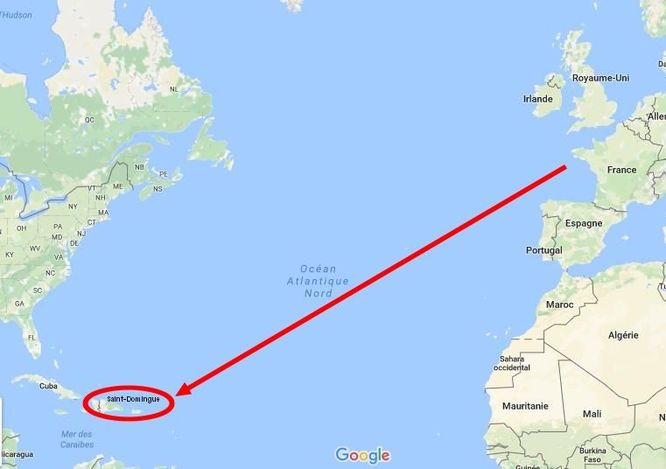
|
|
|
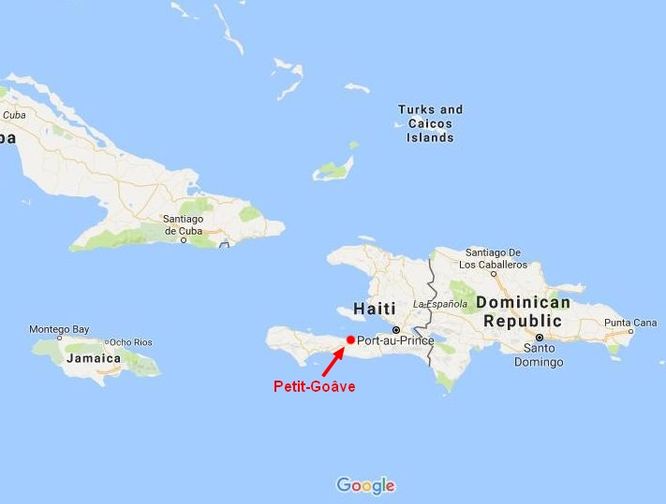
|
|
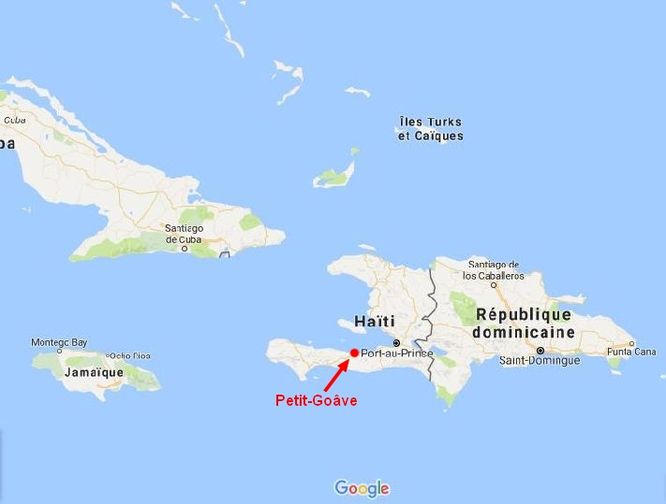
|
|
|
On July 9, 1693
(Old Style), the Trompeuse raided on Block Island (New Shoreham today)
on the coast of New England.
Source:
England - The National Archives, Kew, England ADM 51/3923 -
Captain’s Logbook, frigate Nonsuch, 1693 - transcribed by Jan Bevan
Source:
USA - Massachusetts Archives Collection Volume 30 Page 330a -
Transcribed by J. Bevan July 2014
Source:
USA - A Summary Historical Narrative of the Wars in New-England -
by Samuel Niles
|
|
Le 19 juillet 1693, la Trompeuse fait une descente
sur l'ile de Block Island (aujourd'hui New Shoreham) sur les côtes de la Nouvelle-Angleterre.
Source:
England - The National Archives, Kew, England ADM 51/3923 -
Captain’s Logbook, frigate Nonsuch, 1693 - transcribed by Jan Bevan
Source:
USA - Massachusetts Archives Collection Volume 30 Page 330a -
Transcribed by J. Bevan July 2014
Source:
USA - A Summary Historical Narrative of the Wars in New-England -
by Samuel Niles
|
|
|

|
|
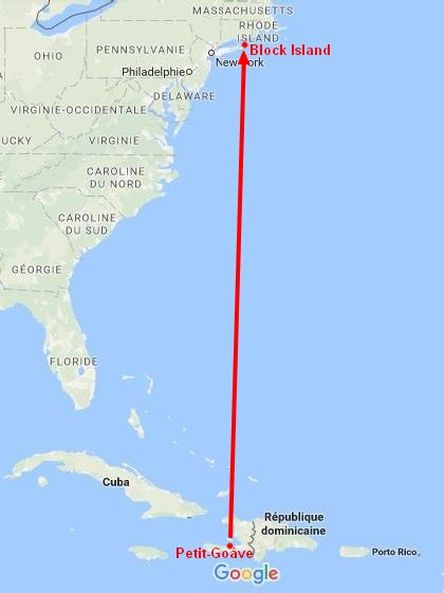
|
|
|
There, it was surprised and chased by an English ship, three times his size,
named the Nonsuch of 350 tons and 36 guns, commanded by Captain Thomas Dobbins.
In his escape, in the fog,
the Trompeuse entered Buzzards Bay which is without exit.
On July 11, 1693
(Old Style), after 2 days of pursuit and a strong cannonade, the Trompeuse
was land-locked in the confines of Buzzards Bay at Falmouth, and taken by the Nonsuch
then escorted to Newport.
Source:
England - The National Archives, Kew, England ADM 51/3923 -
Captain’s Logbook, frigate Nonsuch,
1693 - transcribed by Jan Bevan
Source:
USA - Massachusetts Archives Collection Volume 30 Page 330a -
Transcribed by J. Bevan July 2014
Source:
USA - Virginia, Colonial Williamsburg, MS46.02: William Blathwayt Papers.
William Phips Letter dated September 26, 1693
Source:
USA - A Summary Historical Narrative of the Wars in New-England -
by Samuel Niles
|
|
Là, elle est surprise et pourchassée par un navire anglais, trois fois plus
gros qu'elle, nommé le Nonsuch,
de 350 tonneaux et 36 canons, commandé par le capitaine Thomas Dobbins. Dans sa fuite,
dans le brouillard, la Trompeuse s'engage dans Buzzards Bay qui est une baie
profonde et sans issue.
Le 21 juillet 1693, après 2 jours de poursuite et une forte canonnade, la Trompeuse
fut piégée aux confins de Buzzards Bay, à Falmouth, et prise par le Nonsuch puis conduite
à Newport.
Source:
England - The National Archives, Kew, England ADM 51/3923 -
Captain’s Logbook, frigate Nonsuch,
1693 - transcribed by Jan Bevan
Source:
USA - Massachusetts Archives Collection Volume 30 Page 330a -
Transcribed by J. Bevan July 2014
Source:
USA - Virginia, Colonial Williamsburg, MS46.02: William Blathwayt Papers.
William Phips Letter dated September 26, 1693
Source:
USA - A Summary Historical Narrative of the Wars in New-England -
by Samuel Niles
|
|
|
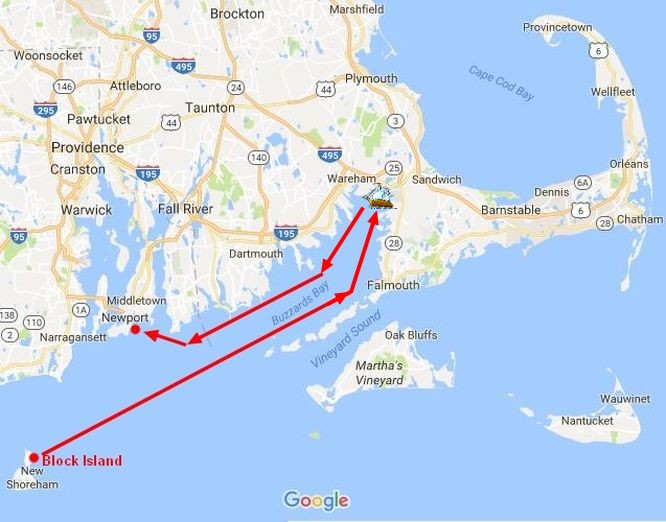
|
|
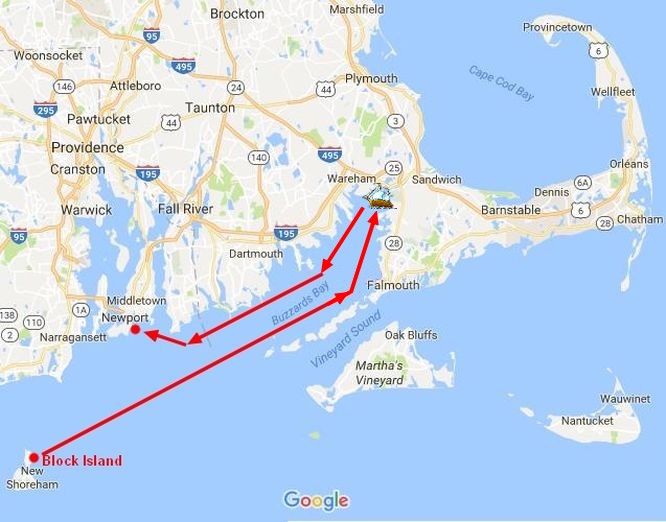
|
|
|
Before surrender, the captain of the Trompeuse had landed the majority
of his crew. Some were able to escape, but the others were captured and escorted to Boston.
Source:
England - The National Archives, Kew, England ADM 51/3923 -
Captain’s Logbook, frigate Nonsuch,
1693 - transcribed by Jan Bevan
Source:
USA - Massachusetts Archives Collection Volume 30 Page 330a -
Transcribed by J. Bevan July 2014
Source:
USA - Virginia, Colonial Williamsburg, MS46.02: William Blathwayt Papers.
William Phips Letter dated September 26, 1693
Source:
USA - A Summary Historical Narrative of the Wars in New-England -
by Samuel Niles
|
|
Avant de se rendre, le capitaine de la Trompeuse avait
fait débarquer la majorité de son équipage. Certains purent s'enfuir mais les autres
furent faits prisonniers, puis conduits à Boston.
Source:
England - The National Archives, Kew, England ADM 51/3923 -
Captain’s Logbook, frigate Nonsuch,
1693 - transcribed by Jan Bevan
Source:
USA - Massachusetts Archives Collection Volume 30 Page 330a -
Transcribed by J. Bevan July 2014
Source:
USA - Virginia, Colonial Williamsburg, MS46.02: William Blathwayt Papers.
William Phips Letter dated September 26, 1693
Source:
USA - A Summary Historical Narrative of the Wars in New-England -
by Samuel Niles
|
|
|
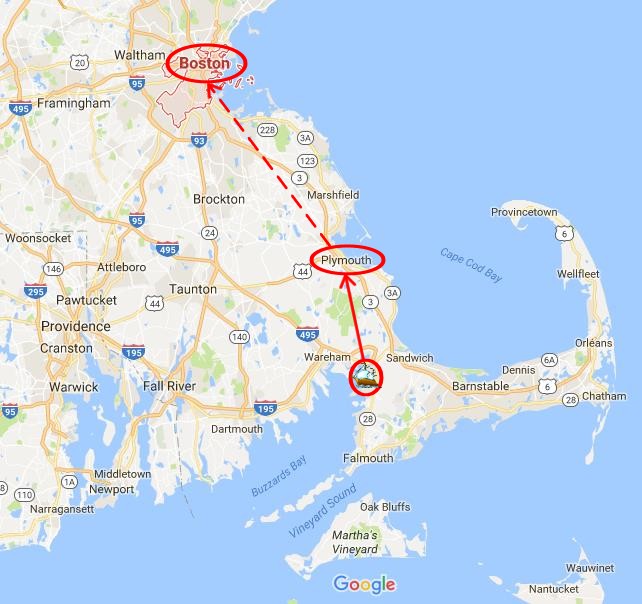
|
|
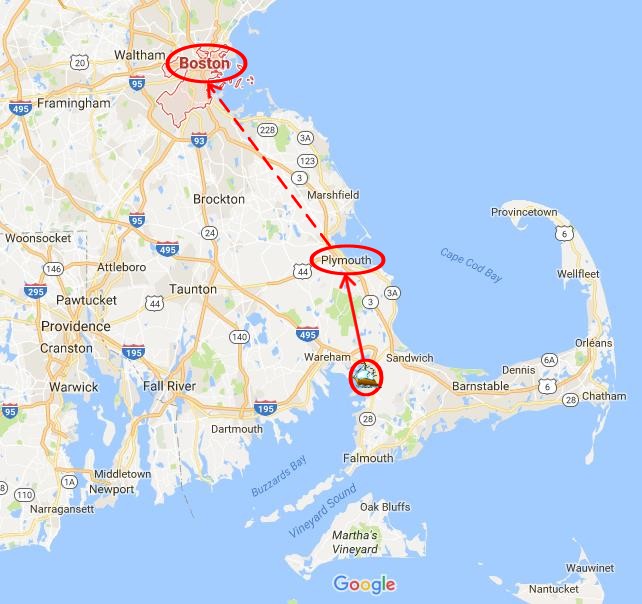
|
|
|
On July 11, 1693
(Old Style), François Baron would therefore landed from the Trompeuse
to Falmouth, then captured he was taken to Boston.
But passing by Plymouth, where there was no doctor, the surgeon of the Trompeuse
was asked to practice his skills on one of the English settlers.
Following his success he remains to Plymouth where he was freed, married,
and practiced his art until his death in 1704, under the name of Francis LeBaron.
On his gravestone we may read:
|
|
Le 21 juillet 1693, François Baron aurait donc débarqué de la
Trompeuse à Falmouth, puis
capturé il aurait été conduit à Boston.
Mais en passant par Plymouth, où il n'y avait pas de docteur,
le chirurgien de la Trompeuse fut sollicité pour mettre
en pratique ses compétences sur un des colons anglais.
Suite à son succès il resta à Plymouth où il devint libre,
se maria et pratiqua son art jusqu'à sa mort en 1704,
sous le nom de Francis LeBaron.
Sur sa tombe on peut lire:
|
|
|
NB: François Baron alias Francis LeBaron has left evidence of its commitment to the Catholic King of England
Jacques II, by naming his first son James in 1696 and his third son Francis in 1701,
as James II had named his son James Francis born in 1688. He took a lot of courage
to dare such provocation, as discreet as it was,
from a Catholic among Protestant settlers .
|
|
NB: François Baron alias Francis LeBaron nous a laissé la preuve de son attachement
au Roi catholique d'Angleterre Jacques II, en nommant son premier fils
James en 1696 et son troisième fils Francis en 1701, tout comme Jacques II
avait nommé James Francis son fils né en 1688. Il fallait beaucoup de
courage pour oser une telle provocation, aussi discrète soit-elle,
de la part d'un catholique parmi les colons protestants.
|
|
|